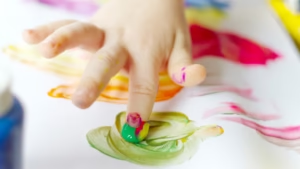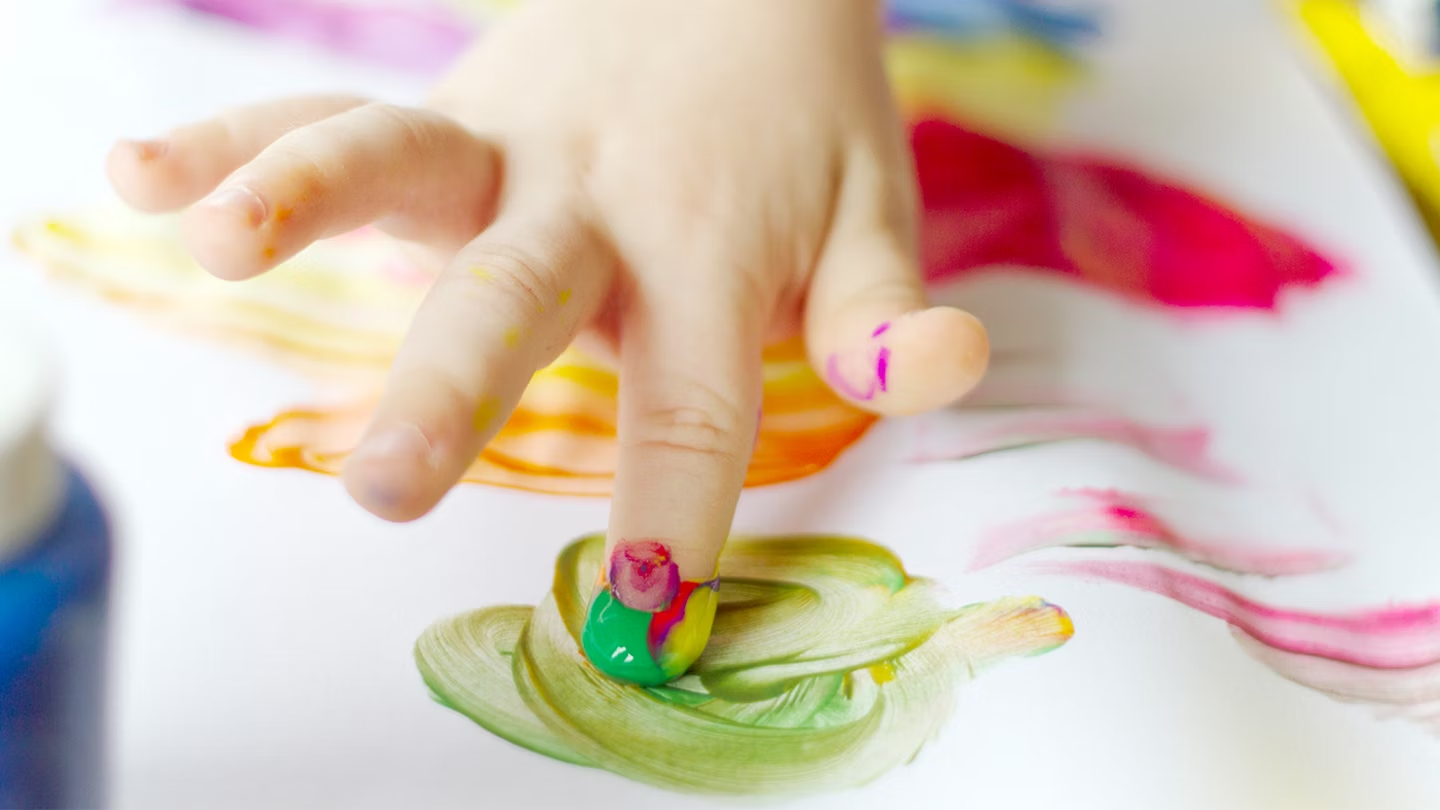You’ve heard mothers at the park tossing these terms around with the same nonchalance they use to toss a ball. So what’s the difference? Let’s explore what’s more effective when it comes to fine motor vs gross motor skills: activities to boost both can make a big difference in your child’s development.
While gross motor skills involve the bigger muscles, fine motor skills work the smaller muscles of the hands, fingers, and wrists. Fine motor skills are about dexterity.
Here’s an example, taken from the previous section: Your child uses gross motor skills to lift a hairbrush — but fine motor skills to grasp it in their hands in the first place.
Your child needs fine motor skills to do finicky things such as:
- holding a pencil or scissors
- writing
- cutting
- threading beads
- playing with Legos
- buttoning up their coat
The better their fine motor skills are, the easier they’ll find tasks like drawing and the faster they’ll be able to do them.
But appropriately developed gross motor skills can help your child build their fine motor skills. Knowing how to sit will give your child the ability to be at a desk and practice controlling the movements in their shoulders, arms, hands, and fingers.
A child’s physical development depends on both fine and gross motor abilities, which concentrate on various facets of coordination and movement. Writing, painting, and object manipulation all require the use of fine motor skills, which are the little muscles in the hands and fingers. Conversely, gross motor skills use more muscle groups for motions like sprinting, jumping, walking, and balancing. As we explore Fine Motor vs Gross Motor Skills: Activities to Boost Both, it becomes clear that gaining proficiency in all areas is essential for general physical ability and self-assurance.
The following entertaining exercises can help children develop their fine motor and gross motor skills:
Activities for Fine Motor Skills 🖐
1. Encourage kids to pinch, roll, squeeze, and form playdough into different shapes using playdough and putty. This improves dexterity and develops the finger muscles.
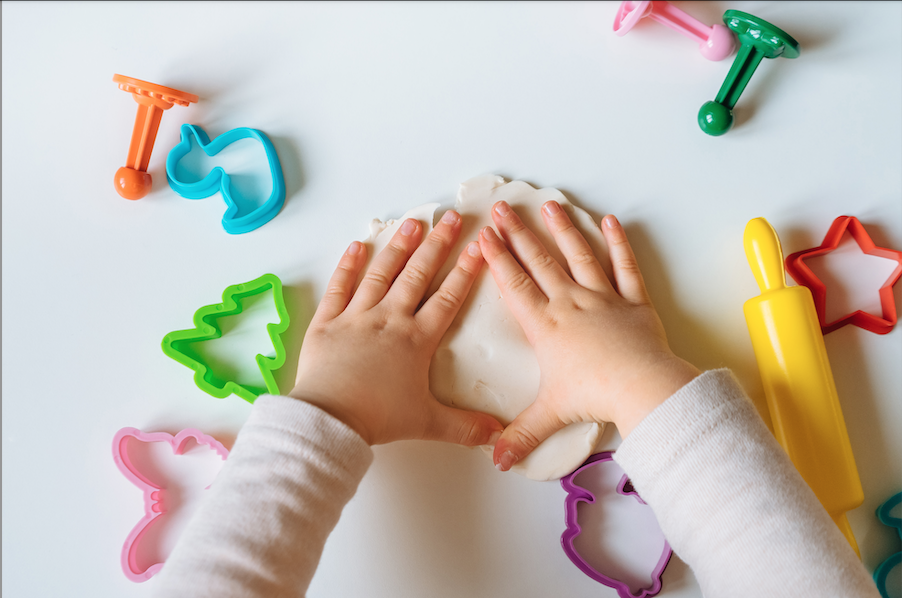
2. Bead stringing:
Putting beads on shoelaces or strings enhances focus and hand-eye coordination
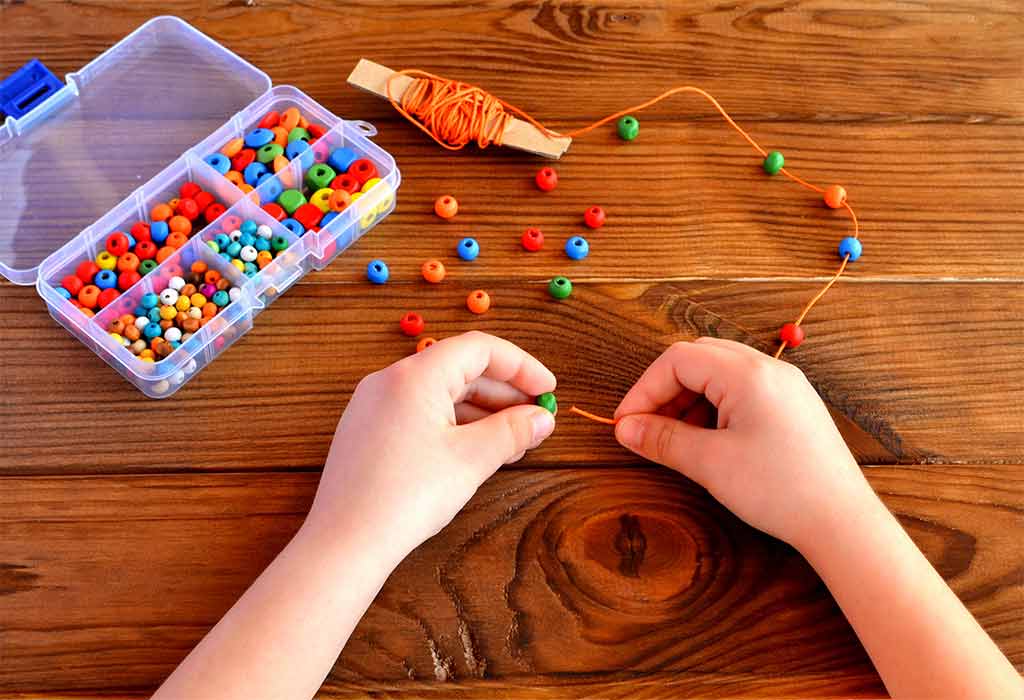
3. Cutting and Pasting:
Cutting paper following lines or shapes with kid-safe scissors and then pasting the pieces together improves hand control and accuracy.

4. Finger painting
is a technique that improves finger strength and creativity by dipping fingertips into paint and producing artwork.
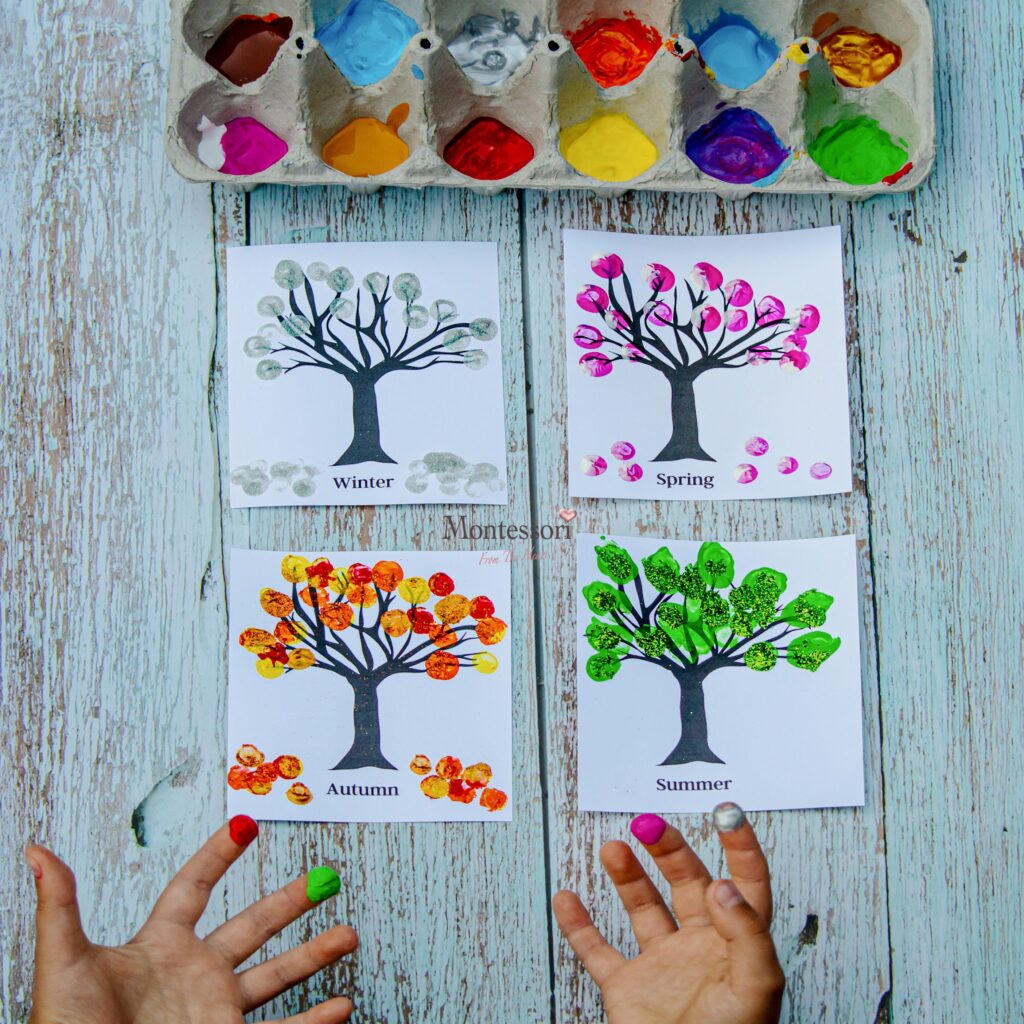
5. Water Play with Droppers:
Using syringes or droppers to move water from one container to another improves hand coordination and strength.
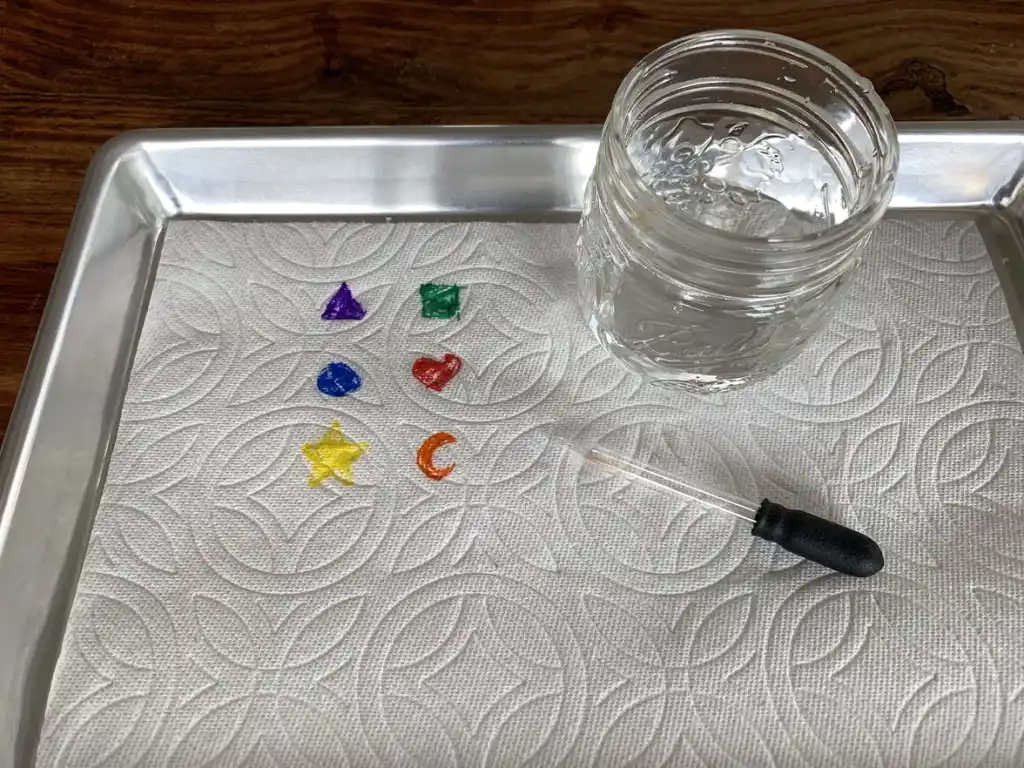
6. Yoga for Kids:
Teaching fundamental positions like “Tree Pose” and “Downward Dog” promotes balance, strength, and flexibility.
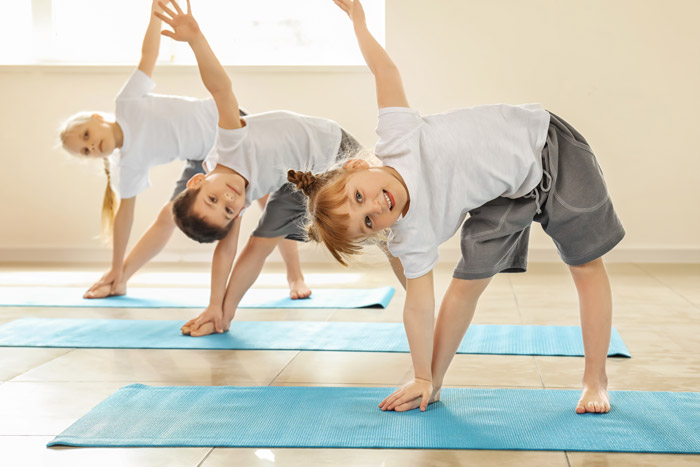
🔄 Tasks Integrating Gross and Fine Motor Skills
1. Balloon volleyball
is a game that encourages physical activity and hand-eye coordination in kids by having them use their hands or feet to keep an inflated balloon from reaching the ground.
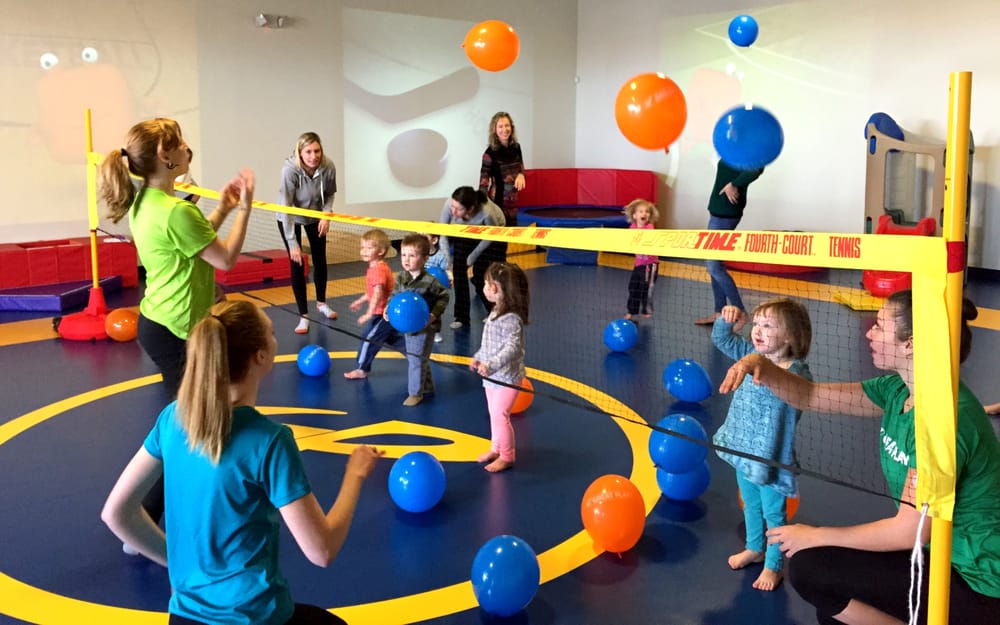
2. Lacing cards
involves whole-body movement and improves hand stability and coordination by passing laces through pre-punched holes in the cards
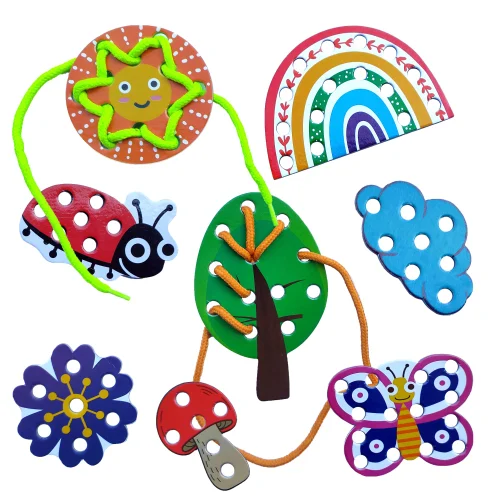
3. Gardening:
Digging, planting, and watering are tasks that call for both gross motor abilities for strength and mobility and fine motor skills for accuracy.
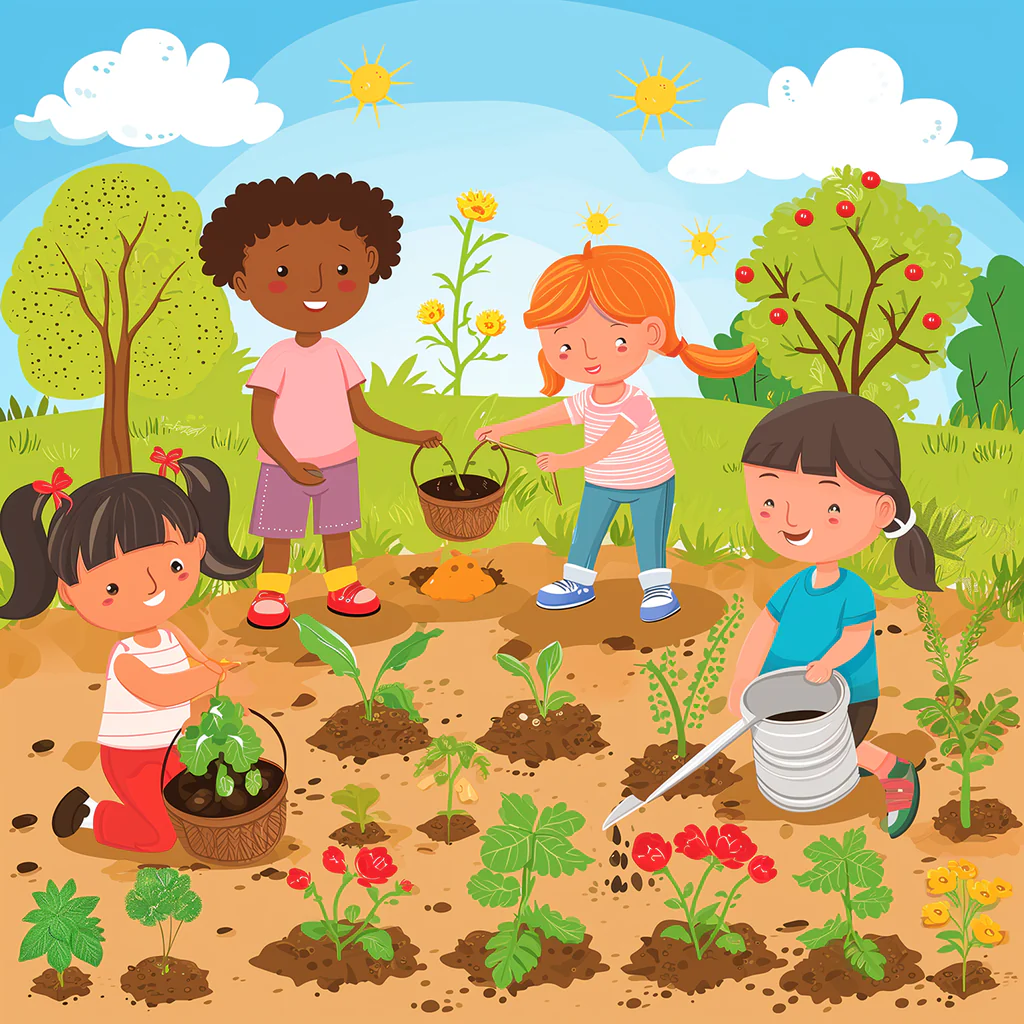
The development of a child’s motor skills can be greatly improved by including these exercises into everyday routines. To promote the development of both fine and gross motor skills, keep in mind to provide a nurturing atmosphere and promote consistent practice.
You may also like this
